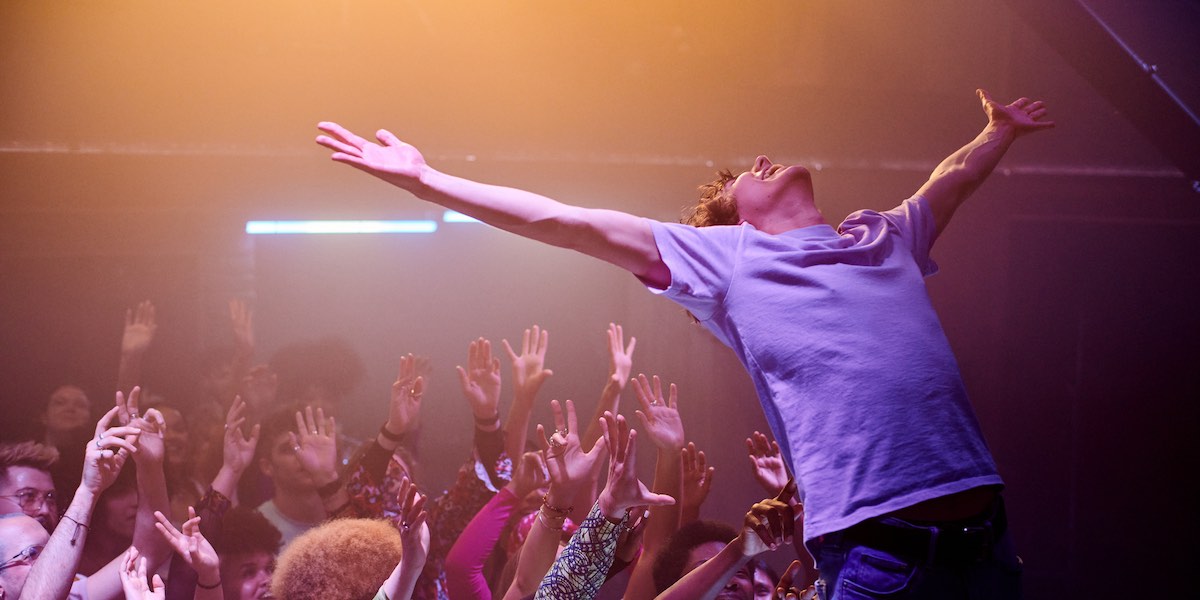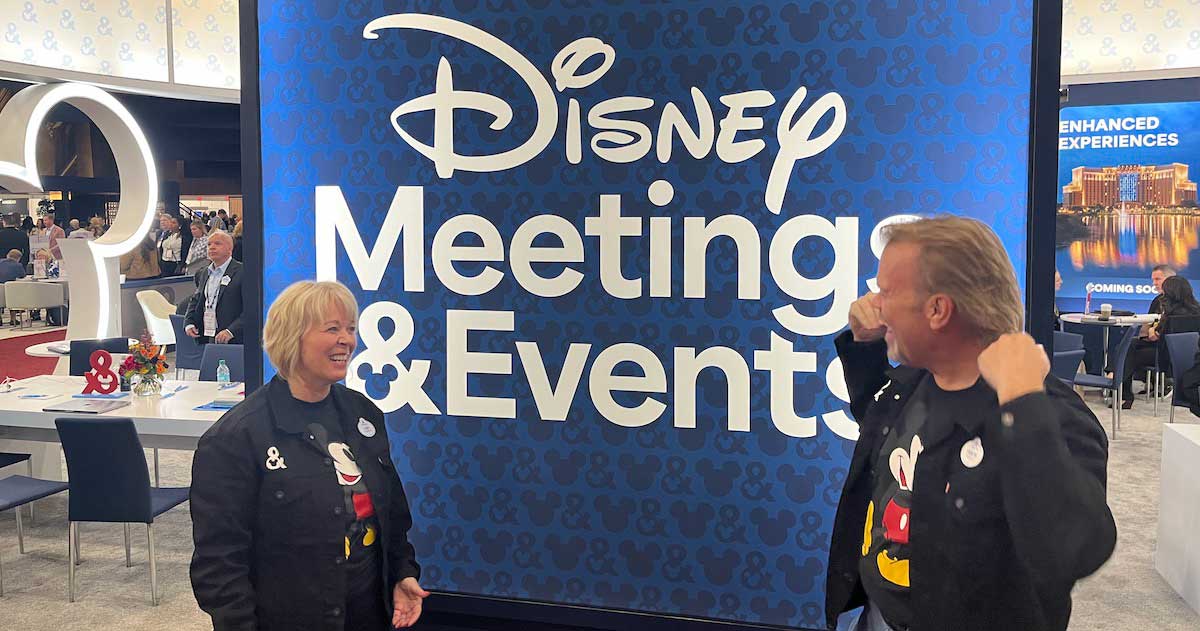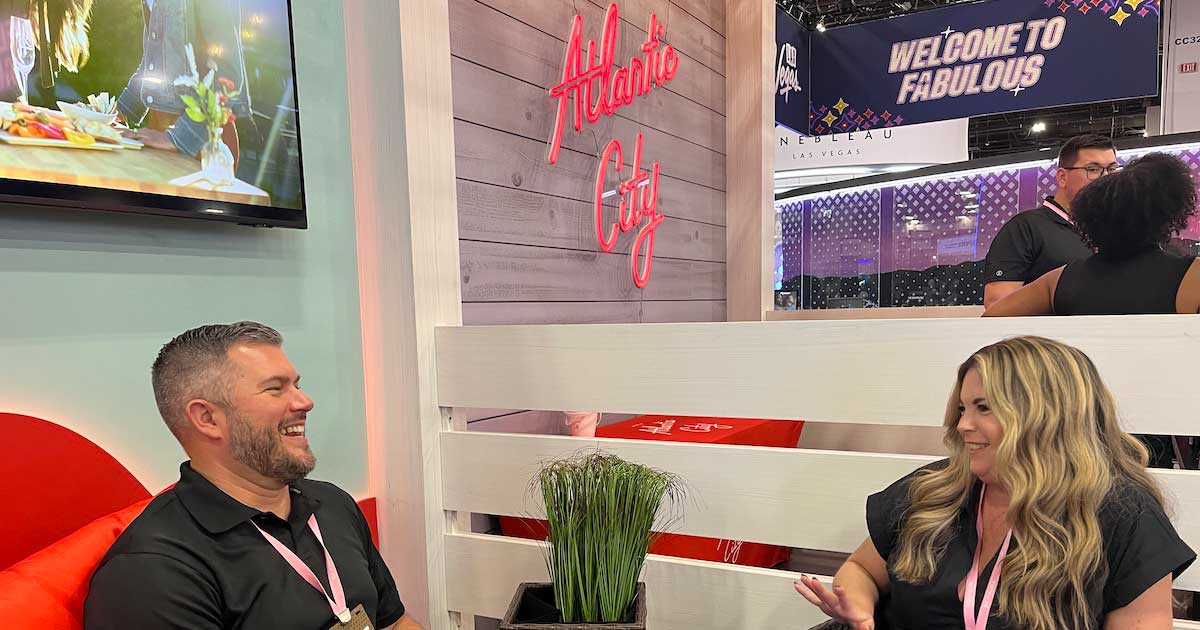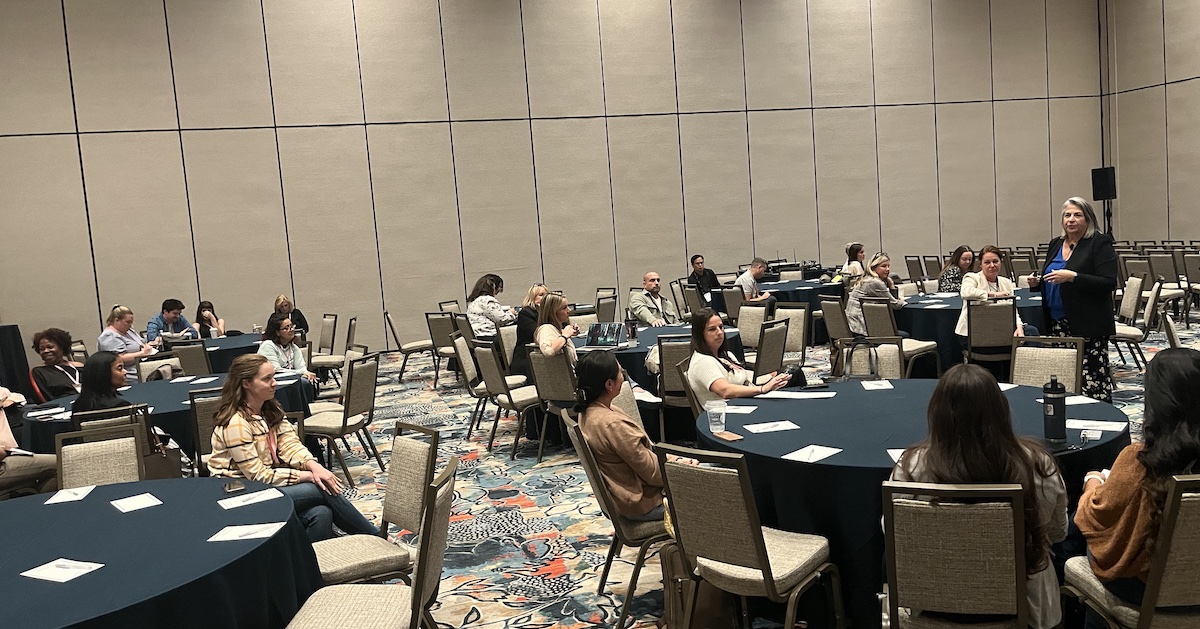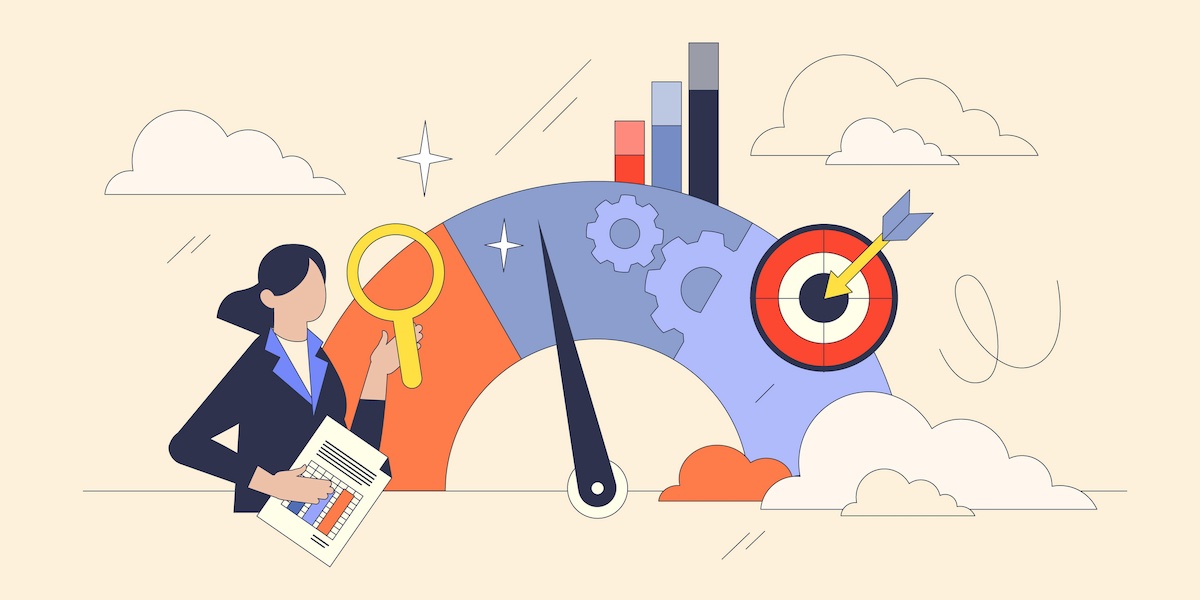Following his session at IMEX America, we spoke with Ken Holsinger, senior vice president of research and insights for Freeman, about the new report “Unpacking XLNC: Bringing the X Factor to Attendee Experiences” and how Freeman is getting a better understanding of how attendees and planners ensure event success and how the gap can be bridged.

Why was this the right time and place to debut this report?
We’ve been doing research for a while now at Freeman, including the Freeman Trends Report, which we launch almost quarterly. But a year ago, I was here at IMEX America in front of an audience of 500 or 600 people, and underneath all the chairs were flags—green, yellow and red—for polling, really low tech. So, I said to the audience, “If you believe that you should make changes to your event to reach the next generation and innovate, raise your green flag. If you’re not sure, yellow flag. Disagree, red flag.” There was a sea of green flags, like two yellow flags, maybe one red flag. OK, so if they agree then why aren’t they doing it? I then said, “Do you feel empowered to make those changes at your event?” Sea of red flags.
We came away from that saying, “We’ve got to empower planners this year.” So, we set out on research we call “unpacking excellence.” The reason people come to events is to learn, network, have fun and do business. We call that eXperience, learning, networking and commerce. And the idea was, let’s launch that research here because IMEX America is such an experiential event. And we collaborated with IMEX. They provided us with a sample of the planners. And then we went out to our own panel of attendees that we [conduct research with].
Tell us about the impact of AI on your reporting process and a particularly surprising finding.
AI is allowing us to do things we couldn’t do before. In the past, we would ask, “What does experience mean to you?” And we’d give a multiple choice. That can bias research. We do large enough samples to try to overcome that. Take, for example, the definition of “experience.” Normally in these reports, we’ll do maybe one or two open-ended or anecdotal questions because it’s a lot of work to sort all of that. This time, we said, “We have the technology with AI to not do that.” So how do we optimize it? And so, we went through with AI and asked a bunch of open-ended questions such as, “What does experience mean?” They came back with thousands of responses that we were now able to quantify.
Attendees said that experience is tied to their core objectives for being at the show—learning, networking and commerce. The planners came back and said experience is the wow factor—the extra keynote, the gala, the award ceremony, the immersive experience. That’s a disconnect. Core table stakes values of why I come to an event versus all the wow. We love to talk about the wow in our industry, and it’s not that it doesn’t have a place. We call it the X factor because there was such a disconnect. Meet the table stakes first. What the attendee wants from their experience is basic. We can apply the wow factor to it. But we quantified that even further. What did the experience mean? And then we said, “Did you experience a memorable or peak moment at your most recent event?” Forty percent of attendees said yes. On behalf of attendees, the organizers said they thought 80% of their attendees would say “yes.” So, big disconnect.
More importantly, we asked, “What was that peak moment? Describe it to us.” Again, open-ended. Thousands of responses. Attendees told us it was a session they caught, it was a person they met, a vendor they connected with, a product they discovered. Again, core objective, they keep coming back to it. What did the planners think the key moment for attendees was? A celebrity keynote speaker, amazing fireworks at the end of the show, a beautiful meal. We asked attendees if they would return to an event if they experienced a peak moment. Backing up, 30% is the normal retention rate for first-time event attendees across the industry right now. That’s a problem. But we found that if they had a memorable peak moment that they defined with their core objectives being met, 85% will return to the event. That’s game-changing type of stuff.
So, we have a disconnect, but it’s a fundamental thing we can reconnect. The planners know how to do the core things, but I think they’ve been distracted by going beyond and trying to get the next thing. We often will ask things like, “Would you recommend this event to others?” which is a soft way of asking whether they’re going to come back. I think we really need to underline that these core learning, networking and commerce moments need accountability. We need to understand upfront what the attendees’ objectives are, map those for them and with them during the event and track everything. And then come back afterwards and ask, “Did we accomplish that?” And we’re not doing most of those things. I think it’s a very practical way to move forward. And then we can sprinkle the X factor on top of it.
Tell us about the “If you can do it on Zoom, don’t do it in the room” philosophy.
We coined that phrase and I’ve seen others use it, which is good. It shows that it’s catching on. I also use another one for exhibitors: “If your booth is a physical version of your website, you’re doing it wrong.” It’s fundamentally saying that at events, we should optimize the in person, face to face, hands-on—sizing things, trying things out, talking to subject matter experts, optimizing. The No. 1 thing: our currency in our channel is trust. The next generation understands that we can fake things with AI in crazy ways that we never imagined. What we can’t fake is in person, what we do face to face. So, optimize the digital channel and complete those objectives in the face to face—where the trust is built, humans connect and business can be done. Don’t do it in person if you can do it online.
Tell us about your findings related to generational differences.
Over rounds and rounds of research, what is it that’s moving the needle? Where are the trends emerging? They emerge first in objectives, second in generations, third in gender, fourth in socioeconomic status, fifth in event type and sixth, all the way down, in industry. Everybody likes to put industry all the way at the top. We have quantified millions of attendees and asked these questions, we know where it’s at.
Getting back to generations, would you believe that Gen. Z is one of the most nostalgic? They are wanting more old school. They want print. They’re the ones that are buying vinyl. My Gen Z kids don’t even respond to texts anymore. They want a phone call out. That’s generationally different. Millennials and Gen Z know they need to make connections, they need to advance, but they also tell us networking is their lowest perceived skillset. They know that’s the area they have to work on the most, but they know that they’re ready to brave the world. So how do we help them in that environment? A Boomer comes into this environment and there’s thousands of people and they have their tribe. They’re here to connect with their friends that they’ve already built over the years, and they know what to do. The newbie coming in has a different perspective, so it’s understanding that perspective through the lens of the generations, making sure we can optimize those objectives through those lenses, it gives us a really good primer to kind of sift through our priorities, where we should place our money and how we should respect the audience’s unique and individual needs as they come to our events.
